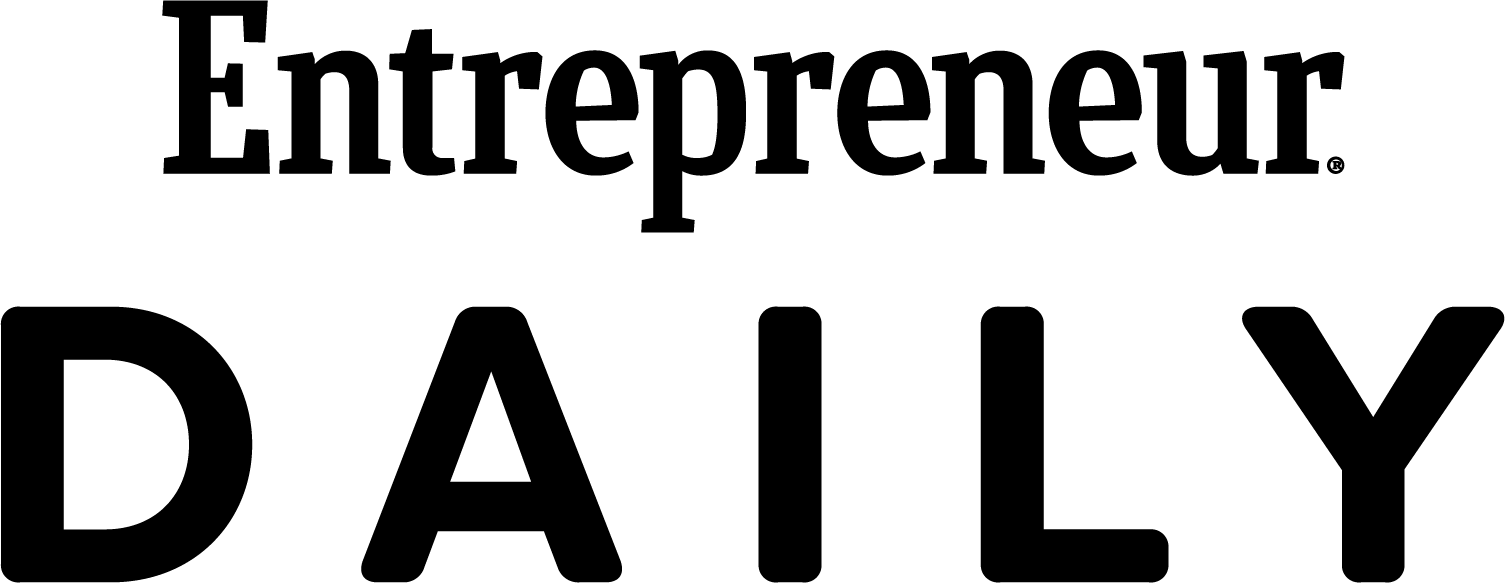How to Give Your Resume a Makeover for 2019 Step one is to ensure that the cornerstone of your personal brand, your resume and LinkedIn profile, reflect your experience, skills and enthusiasm.
By Glassdoor •

This story originally appeared on Glassdoor

The New Year ushers in exciting possibilities for reinvention. Whether you're a new grad poised to take on your first professional role, or a seasoned pro primed for new challenges, strut your savvy in 2019.
Step one is to ensure that the cornerstone of your personal brand, your resume and LinkedIn profile, reflect your experience, skills and enthusiasm.
It can be intimidating to put yourself out there; minimize that anxiety by strategically formulating materials that turn heads.
Flex that structure
How you order the section headers on your resume can look different depending on where you are in your career. "New grads are likely to put education first -- that's their main experience and they are going for an entry-level position. But for executives, their education is going to be less important to feature prominently. They've already proven themselves. They're going to have a stronger summary about their careers," explains Nick Francioso, Army Veteran, mentor to career transitioning veterans and founder of resume optimization tool SkillSyncer.
Francioso points out that while there's some wiggle room for ordering resume sections, it's important to adhere to standard headers such as education, experience, summary and skills. He explains: "These are what the ATS (applicant tracking system) looks for. No matter what kind of resume you're creating."
Busting resume myths
Your resume isn't a comprehensive professional history; it only needs to capture your last ten years of professional experience. Francioso explains, "Your resume is what gets you the interview. Then you can talk about all the other positions you've had." Of course, if you've worked for your most recent employer for longer than ten years, you want to include those details.
Francioso points out another myth: you don't have to limit your resume to a single page. His rule of thumb: "If you're doing two pages, fill two pages." Francioso recommends that job seekers refrain from leaving excess white space, which can make the resume looks weak or incomplete.
Show me the data
Keep your content concise and avoid over-used buzzwords like "action-oriented" or "hardworking." A reader can't tell the difference between a candidate whom such words truly describe and one who's just making that claim. This is where data comes in; it makes your case.
Offer data that demonstrates your success and productivity. Francioso explains: "If you have a good employer, they tend to help you create bullet points for your resume because they share performance data with you-sometimes at year-end or quarterly reviews…They are tracking performance data to calculate raises and evaluate performance." Francioso notes that you can also track data yourself by noting reports you run or moves you make that have a measurable impact.
Metrics are concrete indicators of performance. Use them to tell your story.
Befriend the bots
Francioso explains that job seekers have two audiences to keep in mind: "Write your resume for an ATS. If it makes it through that, a human is going to read it." You reach each audience by speaking its language.
It's also important to create multiple resumes, each tailored to various job descriptions. Francioso's recommended approach for getting a high match score from ATS is to "Mention those things that they really emphasize in the job description more than once in your resume- take the hard skills and word them the same way." If the job description uses an acronym to describe a hard skill that you have, for example, use that same acronym in your skills section.
When it comes to addressing human resume readers, Francioso explains: "You don't want to show what you're responsible for, you want to show what you accomplished." Use meaningful action words to tell that story.
Francioso explains that while pictures, charts, graphs may look impressive, reserve those on a separate version of your resume that you only share with contacts for whom you have personal email addresses. These are not likely to parse well in ATS.
Thinking differently about LinkedIn
Francioso sees LinkedIn as "a database of resumes," and he recognizes users' goal on the platform as optimizing their LinkedIn profiles to ensure maximum exposure. Francioso points out that the way you write your headline, the more active you are on the platform, the more connections and endorsements you have, all impact where your profile appears in search results.
His advice: "Make sure that you have the newest tech terms. If you're a Java programmer, for example, you want to make sure that's in your headline. I've noticed that when you search in LI, it goes to the headline first and then to the summary ... So if you're targeting a specific job title or industry, that's what you want in your headline."
Francioso points out that your headline is valuable space. If you're searching for a new opportunity, you can signify that in settings, leaving your headline clear for SEO terms. Francioso explains: "Effective LinkedIn profiles should have headlines that take advantage of the 120-character limit and are roughly 7 – 12 words in length. Add important keywords to your headline since these can be used to rank you higher in search results. . . the most important keywords should go in your header as those are the first to return in search results."
Another great tip: Francioso recommends creating a customized URL via LinkedIn. This way, it's easily sharable. Plus, it looks neat, tidy and professional. Francioso recommends adding it to your resume-positioned after your email address.
Remember, refining your personal brand gives you the chance to take stock of your professional goals and accomplishments. That's a great way to kick off 2019!
(By Eileen Hoenigman Meyer)











